Why is an at-risk bird colony thriving in Suffolk?
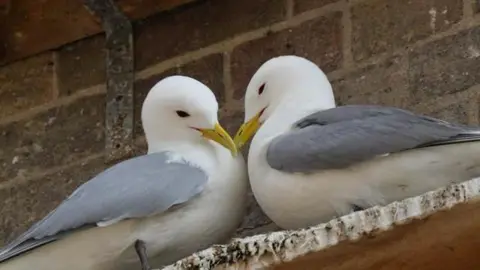 John Fairhall/BBC
John Fairhall/BBCResidents in the Suffolk seaside town of Lowestoft have said they are "fed up" with endangered kittiwakes defecating on their streets and buildings. It turns out the town is home to one of the country's largest urban populations of the species, with a partnership between different agencies having been set up to safeguard them. But why are these birds thriving here, and what is so attractive about Lowestoft?
Why Lowestoft?
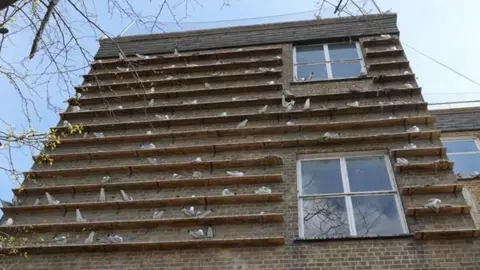 John Fairhall/BBC
John Fairhall/BBCSince the 1970s, it is believed that the global kittiwake population has dropped by about 40%.
Despite the dwindling numbers, bosses at East Suffolk Council believe Lowestoft is home to about 1,000 nesting pairs.
Jon Carter, from the British Trust for Ornithology, based in Thetford, was not confident the number was this high, but was able to give some ideas about why they may have chosen Lowestoft.
He explained the first nesting pair in the town arrived in the 1950s and made the former South Pier Pavilion their home.
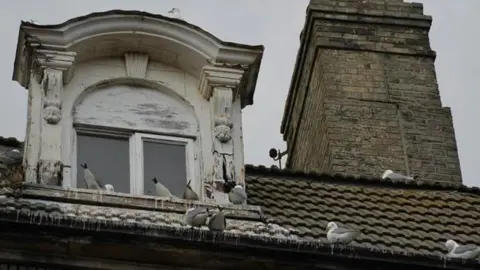 John Fairhall/BBC
John Fairhall/BBC"They normally nest on sea cliffs and the next nearest natural colony really is in Yorkshire and the next one is further south down in Kent," Mr Carter said.
"It's a really odd place that they chose to start nesting in Lowestoft because there were no previous colonies there.
"So when they started nesting there in the 50s, it was pretty random. I think they just liked the pier and started nesting on it.
"Obviously, they did well there and they survived, and the numbers built up."
Mr Carter added that at the time, there was a lot of fishing activity in the area that may have provided an easily accessible food source, but it was not entirely clear why they had chosen the town.
The birds typically arrive every February and March before leaving at the end of the summer.
Why are they not using the 'hotels'?
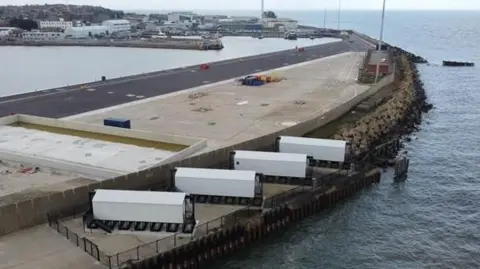 John Fairhall/BBC
John Fairhall/BBCIn 2023, 'kittiwake hotels' were built in the area to give juvenile birds more choice of nests.
Pairs will return to the same nesting spot every year, but juveniles have to find new nests for themselves.
The hotels can offer homes for up to 430 pairs and it was hoped they would protect them from predators while keeping them away from the town.
However, just a few birds have taken up residency and Mr Carter said there could be several reasons why they were not using them.
"It takes them quite a long time to build a colony because they're quite long-lived, they're usually about 12 years old or so, but they can live up to 25, 28 years old, and they go back to the same place where they nested and where they were hatched," he said.
"So it'll take a while for anything new to build up."
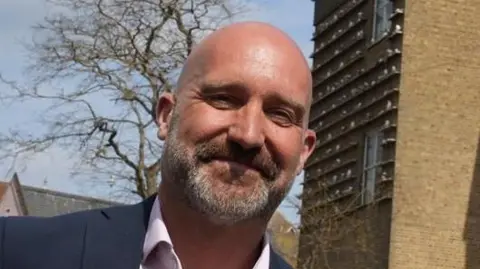 John Fairhall/BBC
John Fairhall/BBCKerry Blair, strategic director at East Suffolk Council, similarly stressed to BBC Look East the importance of recognising it was a "long term process" with the hotels.
"Just because you build a kittiwake hotel, doesn't mean that they all move in overnight," he explained.
"But providing alternative sites for the juveniles - so that'll be the juveniles that come from the nests - there is every chance that they will find a home in those alternative nesting sites.
"It's not a quick process, we're talking years to move populations."
Why have the birds declined and will Lowestoft's population continue to grow?
The British Trust for Ornithology believes there is "good evidence" that the decline in the kittiwake population has been driven by low breeding productivity, which itself could be related to changes in the population of their food source, sandeel.
Mr Carter also added that climate change had affected where the birds can find sandeel, and they were often travelling further to find them.
Mr Carter believed if the birds made use of the hotels provided, it could potentially lead to the numbers increasing.
However, he said it was hard to know with "many factors affecting their decline".
Follow Suffolk news on BBC Sounds, Facebook, Instagram and X.
